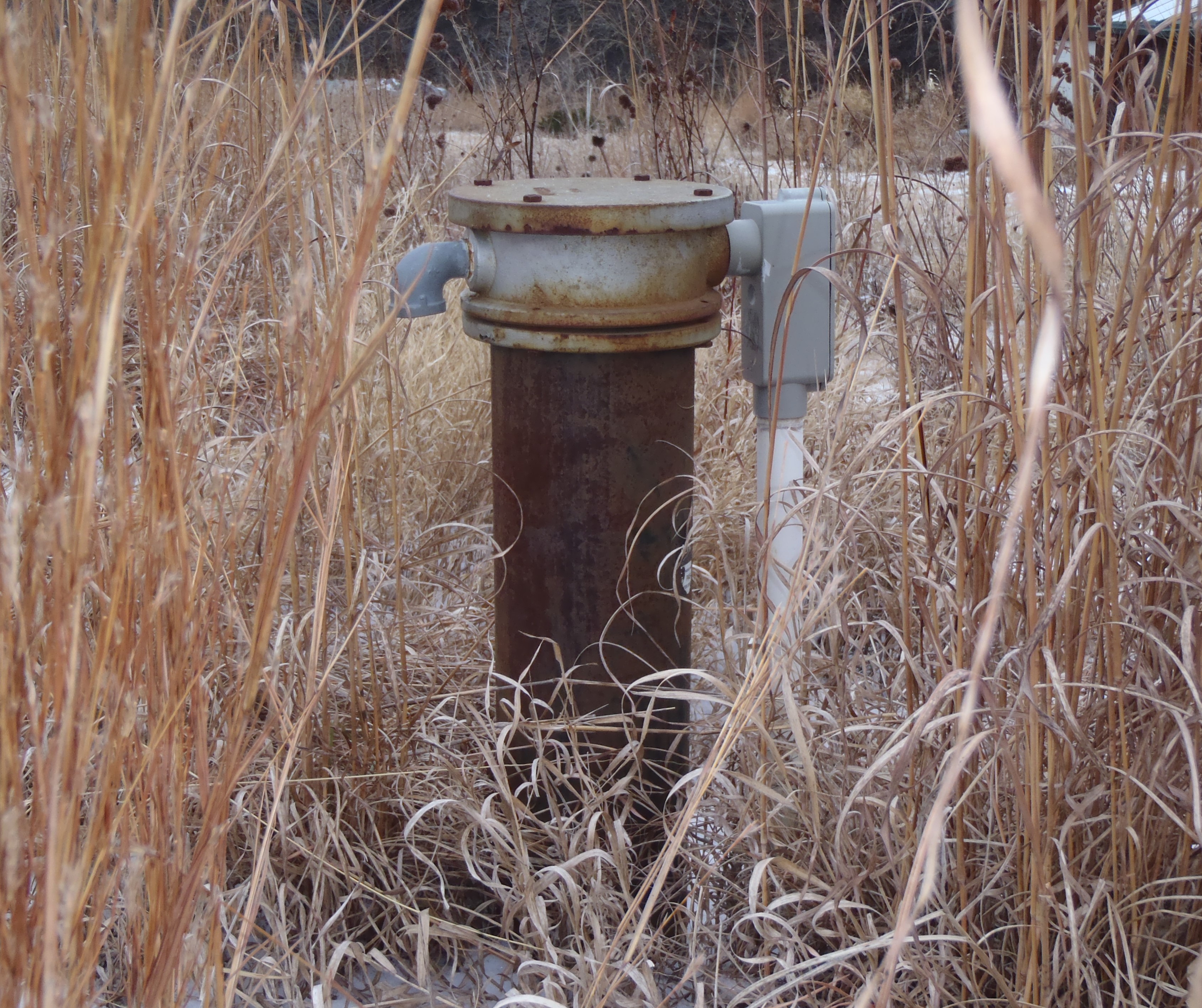It’s Time for Private Well Maintenance

Photo credit: Jan Hygnstrom
Spring is here and that means it is time to conduct a private well maintenance check. Winter can be
especially hard on outdoor systems, surfaces and landscaping that are subject to the elements. Getting
in the habit of inspecting and maintaining your well system in the spring and the fall is a good habit to
get into. It will help ensure everything operates efficiently and can potentially save you from shelling out
money for costly repairs.
Inspection
Begin by inspecting your wellhead and area around it. The ground around your wellhead needs to slope
away from it to aid in shedding water and potential contaminants away from your well. Also, make sure
that there are no areas that will retain stagnant water near the wellhead and that there are no empty
voids in the earth right up around the well casing. Remove close-by trees or plants with deep roots that
can cause destruction to the well, water lines running from it or the electric running to it. Your
inspection should also include checking that the vent screen is in place, electrical conduit, above ground
casing and well cap are all intact and secure. Check all hydrants and faucets to make sure none are
leaking; properly fix if necessary. Contact a licensed water well contractor to assist with any damage or
issues that you find.
Runoff
Assess and divert precipitation runoff from rooflines, hard surface areas and landscaping so that it does
not run toward your well as runoff can carry contaminants to your well, and potentially contaminate
your water supply. Follow manufacturer’s directions of how you use, store and dispose of products like
paint, solvents, oil, cleaners, wood preservatives, batteries and adhesives, as well as pesticides and
fertilizers which can put your drinking water at risk of contamination through runoff.
System & Equipment
For water equipment, review recommended maintenance procedures and filter/media replacement.
This includes: water softeners, filtration systems, and water heaters. At a minimum, flush out your hot
water heater annually to help eliminate bacterial growth. Whenever shocking your well, empty and fill
the water heater in addition to all your water lines with the chlorinated water, allowing it to have
sufficient contact time within your well system for maximum effectiveness, and then flushing it. See
NebGuide G1761 for detailed information on Shock Chlorination:
https://extensionpublications.unl.edu/assets/html/g1761/build/g1761.htm.
Testing
Finally, test for nitrates & coliform bacteria annually, as well as any other contaminants of concern in
your area. Contact your local Natural Resource District, Health Department and a representative from a
nearby community water system to inquire about the water quality in your area.
For more information on private wells and drinking water publications, check out UNL Extension’s water
publications at: https://water.unl.edu/article/drinking-water/nebguides.
This article was reviewed by Bruce Dvorak and Vicki Jedlicka
Sign up for updates from UNL Water
